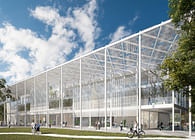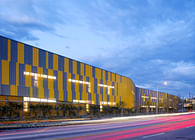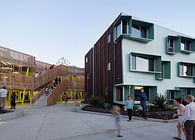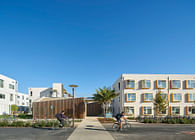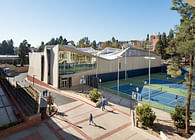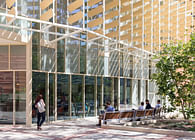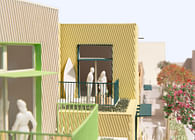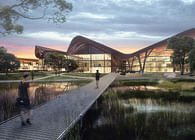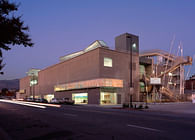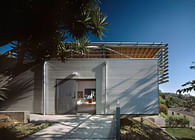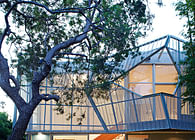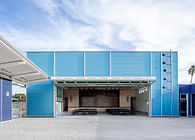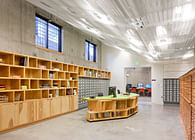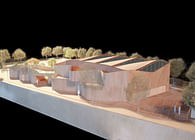
Los Angeles, CA | New York, NY
The Harvard University Art Museums’ (HUAM) home since 1895 has been the Fogg Art Museum, as well as the subsequent Sackler and Busch-Reisinger buildings, at 32 Quincy Street in Harvard Yard. The facilities are outdated and will undergo a complete renovation and expansion while the Museum simultaneously develops a new art center across the Charles River in Allston. When both projects are complete there will be a state-of-the-art visual arts laboratory on Quincy Street and a contemporary and modern art and public education center in Allston.
In 2006 KDA was selected to develop the new facility in Allston. It will be the first arts-focused structure in Allston and will serve as headquarters while the Fogg is being renovated and expanded by Renzo Piano. The Art Center will provide teaching and research facilities, an object-based study center, conservation laboratories, gallery space and public education programs for HUAM. This project marks the first step toward establishing a vital arts and culture presence that will evolve as part of Harvard’s Allston campus over the coming decades.
Design for the new 135,000 square foot Art Center takes advantage of the urban site in Barry’s Corner in Allston. All galleries and activities such as the study center, conservation laboratory, museum shop and café are brought to the foreground to allow the public and University communities a visual connection to the functions of the Museum. A three-story glass lobby will visually connect the building’s interior with bustling Western Avenue and the café, museum shop and 2,000 sf of gallery space on a portion of the ground floor. The third floor will contain an outdoor garden and 12,000 sf of galleries configured to display large contemporary works. Since it is between the edge of campus and a residential community, the open plan of the public areas is conceived as connective tissue between the town and the campus.
Extensive research and study was done on gallery configurations and layout in conjunction with Museum curators, registrars, and conservation staff. Filtered natural daylight will fill the galleries and will be balanced by artificial lighting. A planted roof will be an outdoor gallery for the display of sculpture.
Status: Competition Entry
